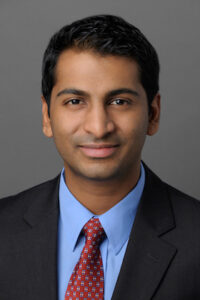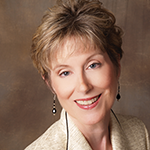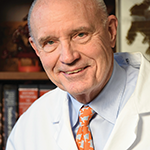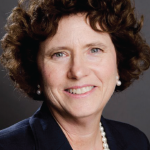 As rheumatology fellows around the country begin to explore various career opportunities, they typically look to academic rheumatology, private practice, industry and research. Vivek K. Murthy, MD, MSc, however, has carved a unique clinical pathway in both rheumatology and hospital medicine, merging his various skills and interests in medical education, diagnostic expertise and clinical problem solving.
As rheumatology fellows around the country begin to explore various career opportunities, they typically look to academic rheumatology, private practice, industry and research. Vivek K. Murthy, MD, MSc, however, has carved a unique clinical pathway in both rheumatology and hospital medicine, merging his various skills and interests in medical education, diagnostic expertise and clinical problem solving.
Dr. Murthy is an assistant professor of medicine at the University of California, San Francisco (UCSF), where he works as an outpatient rheumatologist and clinician educator. He also practices general medicine as a hospitalist at the San Francisco Veterans Affairs Medical Center (VAMC).
The Rheumatologist (TR) interviewed Dr. Murthy about his training and novel clinical practice.
TR: What inspired you to pursue a career in both rheumatology and general medicine, and how did your journey lead you to your current role at UCSF and the San Francisco VAMC?
Dr. Murthy: After I completed medicine residency at UCSF in 2016, I was a hospitalist and clinician educator at Johns Hopkins [Baltimore] for four years. Those years were very special. I saw a high volume of medically complex patients. I developed a reading routine. I worked with, and coached, highly motivated trainees. We tackled clinical cases that were routine, enigmatic, or somewhere in between. I reflected on feedback I received from patients and trainees. I learned from wonderful colleagues and mentors.
It was always my plan to pursue rheumatology training eventually, so in 2020 I returned to UCSF for fellowship. During fellowship, my original conception of the rheumatologist—as a Sherlock Holmes-type character for patients with mysterious autoimmune conditions, collecting clues, navigating uncertainty, gazing on the world with knowing eyes—was validated almost immediately.
I saw a tremendous number of rheumatologic diseases in a short period of time. And none of it felt like work. It was a joy to help patients find relief from long-standing but undiagnosed ailments and form longitudinal relationships with them.
I learned that many rheumatologic diseases are rare, are diagnoses of exclusion, and occur in the context of other medical problems that are much more common. I found myself relying on my medical knowledge often; for example, when our consult team approached a consultation for fever of unknown origin in an immuno-compromised patient, evaluated another patient with arthralgias and lung infiltrates, and diagnosed an immune-mediated reversal reaction in a patient with newly diagnosed leprosy.




